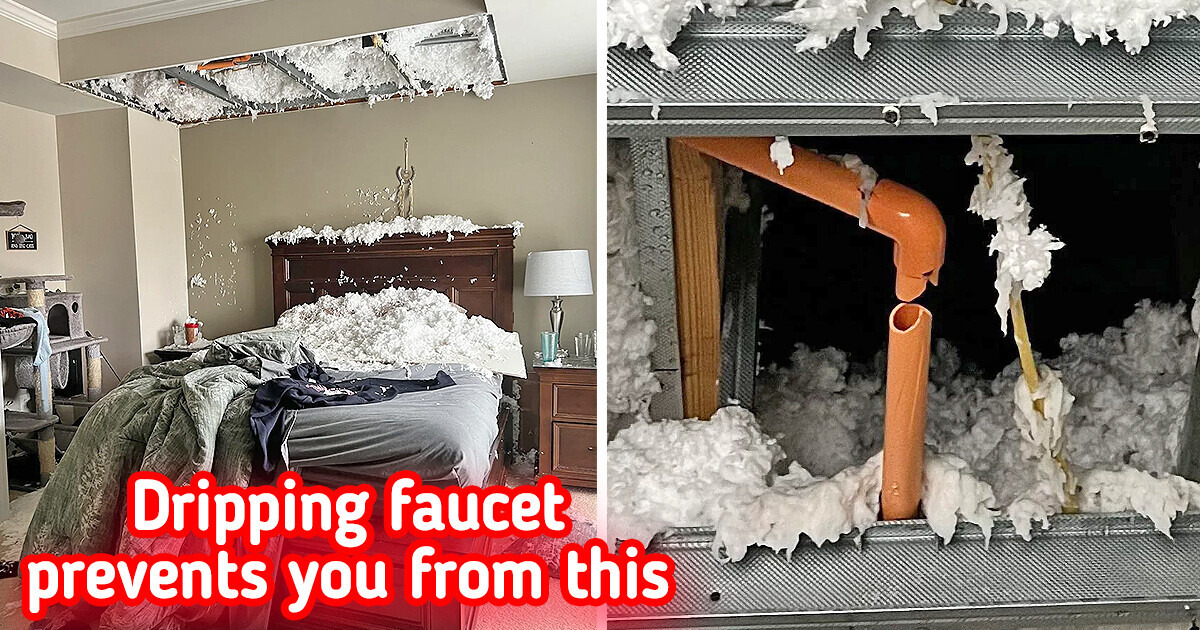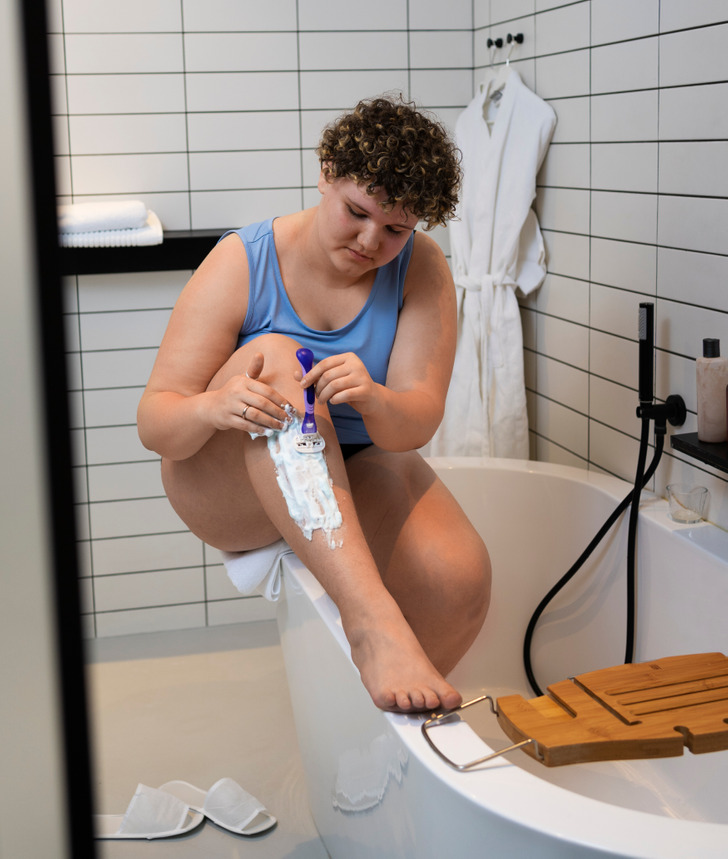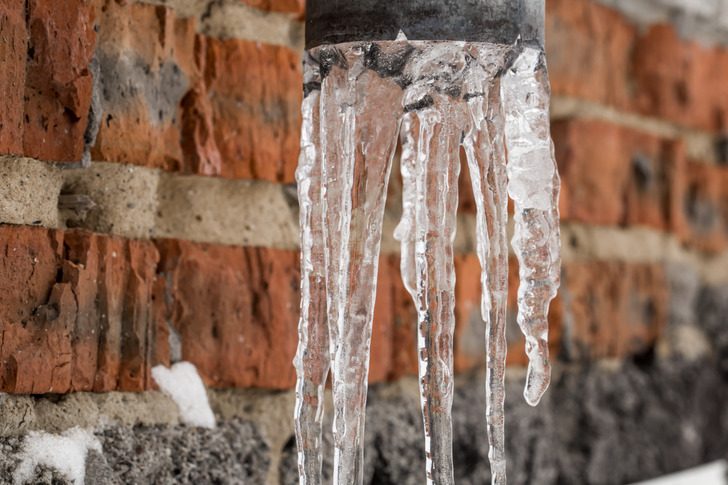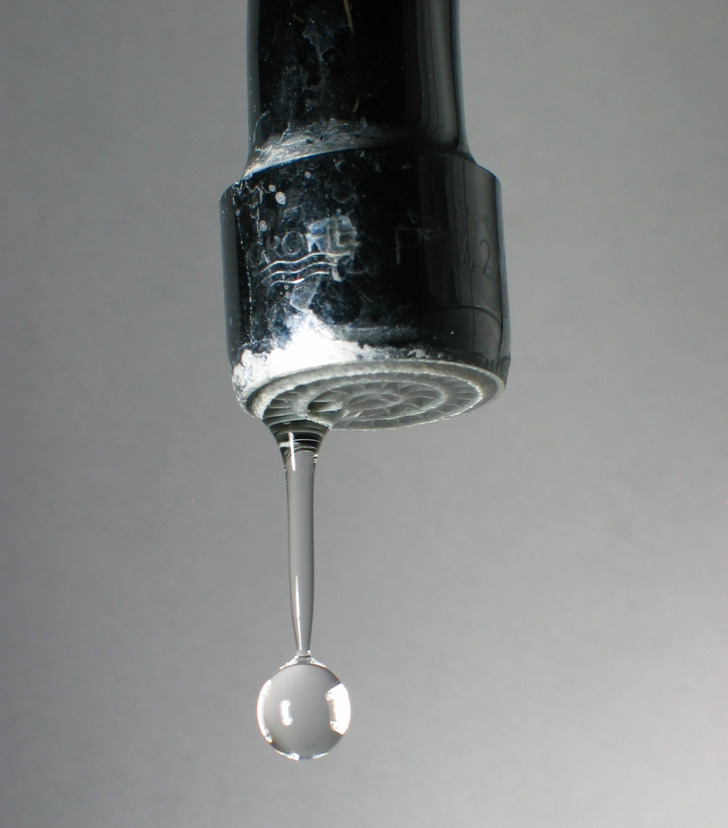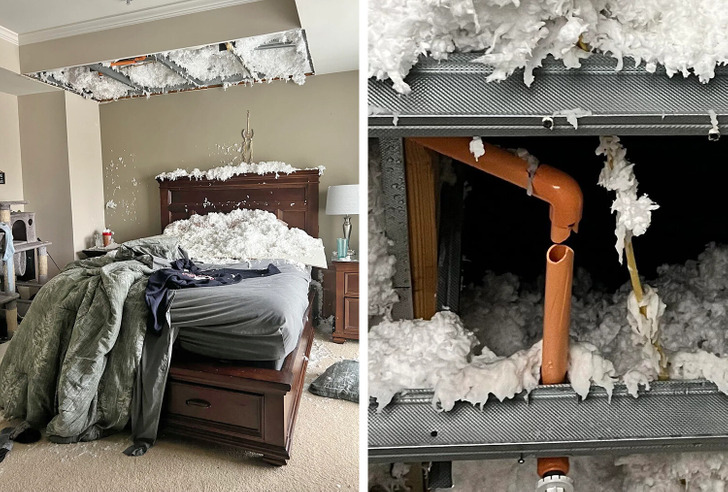How Leaving Your Tap Dripping Can Save Your Home From a Disaster / Bright Side
Many of us think that a carefully turned off faucet is a synonym of frugality, because there’s no extra water wasted, and the utility bills do not get bigger. But it turns out, one dripping faucet may actually have a huge value and prevent your house and your budget from severe consequences, as per the experts. Keep reading to find out the priceless advice that may be a game-changer in your household and a potential lifesaver for your house.
The “old school advice” may keep your house and your budget safe.
It’s such a small and easy thing to do—just leave a faucet dripping. But that tiny step can save you from a ton of headaches down the road.
Think about it: how much good can one dripping faucet really do? A whole lot, especially if it keeps your water pipes from freezing and bursting when temperatures drop. Frozen pipes bursting isn’t just a hassle; it’s one of the most common and expensive disasters for homeowners during cold weather. On average, fixing the damage can cost up to $25,000. Yikes, right?
So, can one dripping faucet make that much of a difference? Absolutely, if you pick the right one. The key is to choose a faucet that’s the farthest from your water source. That way, the water flows through the entire plumbing system, keeping things moving and less likely to freeze.
In short: one tiny drip now can save you a giant repair bill later. Seems like a no-brainer!
The trick won’t cost you a lot, but can potentially protect you from a big domestic nightmare.
If you don’t know where your home’s main water source is, no worries—just pick any faucet and set it to drip. It’s still better than doing nothing!
A lot of people think the drip keeps pipes from freezing because the water’s moving, but that’s not the whole story. Sure, moving water is less likely to freeze, but at super-cold temperatures, even flowing water can turn into ice.
The real magic of a dripping faucet is how it deals with pressure. When pipes start to freeze, ice can form and block parts of the line, trapping pressure between the blockage and the faucet. That pressure is what causes pipes to burst, especially as things start thawing. A dripping faucet keeps releasing that pressure little by little, making it much less likely that you’ll wake up to a plumbing nightmare.
So, even if you’re not 100% sure about your home’s water layout, letting a faucet drip is still a smart move to protect your pipes.
It’s all about the taps and pipes and an extremely cold weather.
Pipe joints are especially vulnerable during freezing weather, but here’s the thing: water expands when it freezes, so it can stress pipes anywhere—metal or plastic, doesn’t matter. The real trouble starts when things begin to thaw. That’s when the combined forces of expanding ice and built-up water pressure behind the blockage can make pipes leak or even burst.
If you suspect a pipe is completely frozen, leave a faucet open, even if it’s not dripping. When the ice starts to melt, the water needs somewhere to go to release all that pressure. Otherwise, you’re looking at a serious mess once the pipe gives out.
So, when the forecast shows temperatures hanging around or below 32°F for a couple of days, it’s time to let at least one faucet drip. Pay special attention to water pipes in spots like attics, garages, basements, or crawl spaces—those unheated areas tend to get just as cold as it is outside. Also, watch out for pipes along exterior walls; they’re extra vulnerable, so adding insulation there can really help.
Got sinks in your kitchen or bathroom with cabinets underneath? Open those cabinet doors to let warm air from your home reach the pipes. This is especially important if those sinks are on an exterior wall, where the cold is most intense.
A little effort now—like letting a faucet drip or opening up a cabinet—can save you a world of hassle (and a big repair bill) later!
Taking care about the pipes is essential, otherwise they may burst and turn a house into a mess.
There’re numerous cases on the Internet when desperate homeowners are complaining about the damage a broken pipe did to their cozy places. For example, this Reddit user posted an image of their small internal apocalypse after their pipes burst. And this happened on Christmas, which made the whole story even more deplorable.
The user wrote, “A pipe burst on Christmas and destroyed our entire house. Won’t be able to move in for 6–12 months.” They added, “It destroyed our entire kitchen, living room, basement, and four bedrooms. 90% of the house will have to be redone, it’s a complete gut job.”
So, freezing temperatures don’t just put people, homes and pets at risk—they can be really tough on your pipes too. While you and your furry friends can stay cozy indoors, your pipes need a little help to avoid freezing and bursting. A few simple precautions can save you a lot of trouble and expense when the mercury drops.
It’s good to know some more things to prevent your house from a catastrophe.

- It’s a good idea to know where the main shut-off valve is in your home, in case a pipe does burst or leak. Usually, this main shut-off valve is located where the main water line enters the house; however, it could be located near the exterior water meter.
If you know how to quickly shut off this water source, it could turn a huge flooding disaster into a minor inconvenience — and save you money in the process. - Let the faucet drip to help reduce pressure in your home’s water system.
- Let cold water run, just a small trickle, to maintain a steady flow through the pipes.
- Michigan State University (MSU) estimates that a slow drip can fill a gallon pitcher in about an hour, costing approximately 2 cents per night to let one faucet drip. This is far more affordable than the expenses of repairing broken pipes and water damage.
- If you can only leave one faucet running, choose the one farthest from your water meter. It will help circulate water throughout the entire house.
- While opening cabinet doors can help prevent freezing pipes by allowing warm air into enclosed spaces, it’s most effective in areas like kitchens and bathrooms. However, most pipe issues happen in harder-to-reach areas such as garages, crawl spaces, and attics. That’s why it’s crucial to insulate exposed plumbing in these locations.
And here’s a mind-boggling trick that can potentially save you from a severe food poisoning. To prevent this, leave a coin in your freezer and follow the instructions described here.
